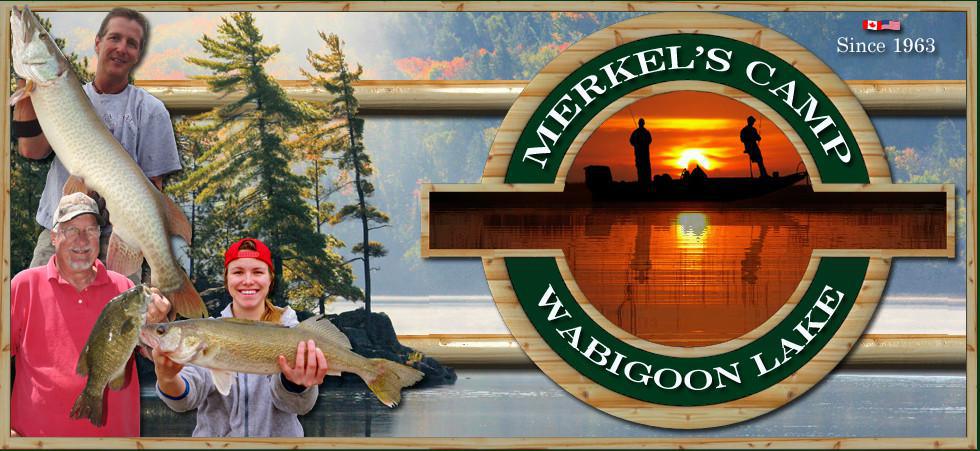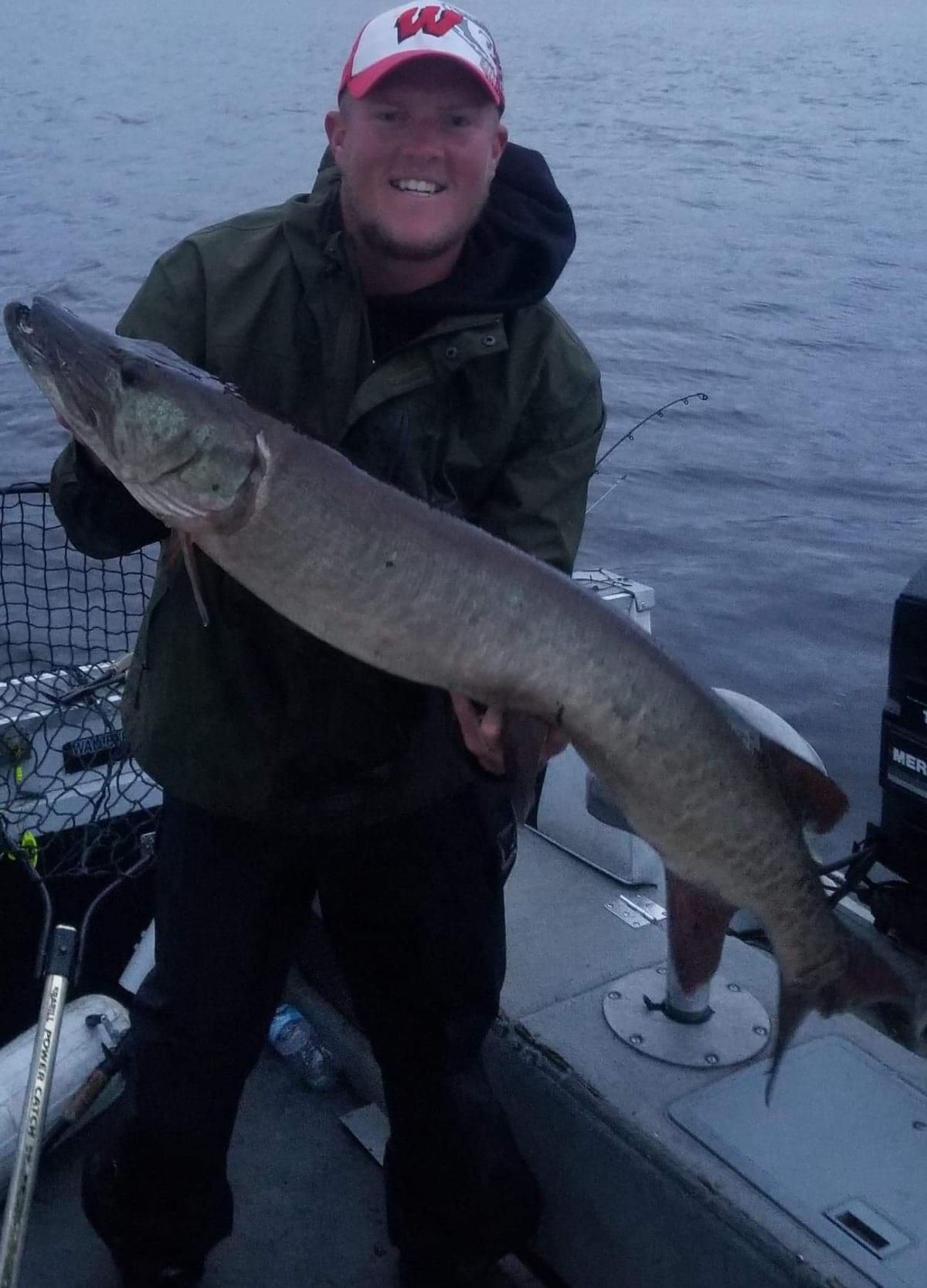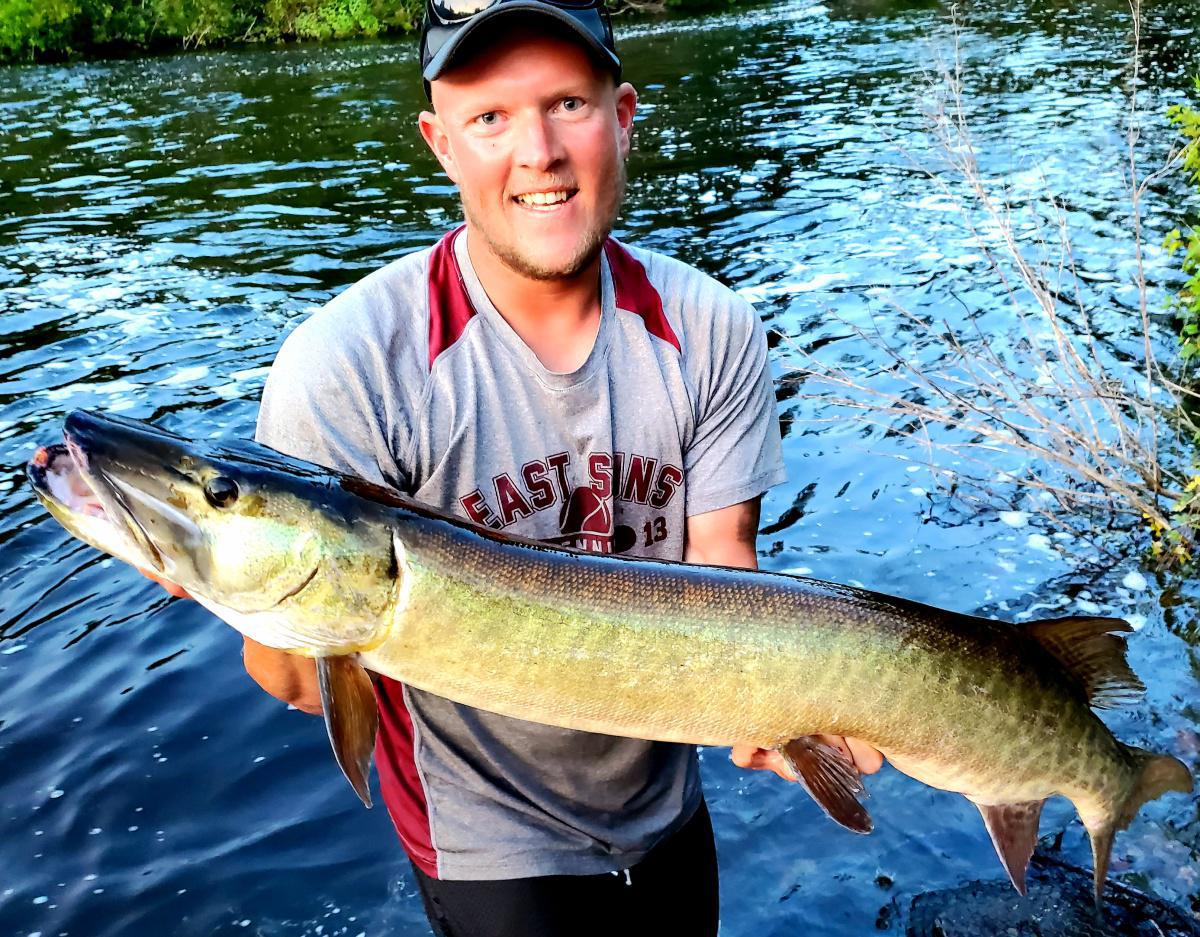After a long off season, the opener is finally right around the corner. If you are anything like me, you are probably chomping at the bit to get out on the water and cast. We all know that good things never last forever, especially when it comes to the short musky season here in northern Wisconsin. With that being said, the first step to a memorable musky season is to start off in the right direction. As many of the waters are cold this time of year it is not always the easiest to catch muskies as they are not the most active yet. This means it is imperative to fish areas that are most likely to hold active fish in the early season.
I am no musky whisperer, but I can give you a few tips to help with early season success. Nothing is a guarantee when musky fishing, but over the past decade I have found some tactics that have worked for me early in the musky season. Using some of these tactics you may just start out the season with a bang and catch that ever-elusive giant you have been hunting.
First things first, in order to give yourself the best chance at being successful on opening weekend, I recommend doing some homework before you even hit the water. Now I’m not talking about those pesky math tests. After all no one really enjoys that kind of homework. The homework I am referring to is much more enjoyable and leads to fishing success throughout the season for all species. Head out on the water, as time on the water is the best teacher. Do some exploring and learn the body of water you are fishing before even wetting a line.
I always look for a few key things when studying a lake in the early season. I look to see what the bait fish are doing and how the weed growth is looking. Often times I will do this for at least a week in advance so I can know what to expect when I hit the water opening morning. Water temperature is also a key to keep an eye on when scouting the lake you are going to fish for opener. Water temperatures can make a huge difference early in the season. I typically try to focus on finding water temperatures in the low 60 as this is when the fish first truly start to become active.
Now that your homework on the water is complete there are more things that you still need to do to make sure that your encounter with a musky ends with a successful landing and release. First of all, you want to make sure your line is in good condition. The last thing you want to do is lose a fish because you did not take the time to check your line and see the frayed section that was rubbing across the rocks you were fishing last fall. Now I know many guys suggest completely changing your line at the start of the season. This is not a bad idea, but if you fish as many rod and reel combos as I do, it can get pretty expensive to buy new line for every reel every year. For this reason, I personally recommend replacing your line every two years. After the first year of use, flip the line around on the spool. This is very easy and can be accomplished by tying the loose end to the spool of another reel. This enables you to reel the line up in the reverse direction from the reel it is coming off of. This only is effective if you did not use the line at the bottom of your reel. You want to make sure you have plenty of good, unused line at the top of your spool to begin each season. Another important tip is to go through your tackle and sharpen all of the hooks on any baits you may throw. This is also a good time to replace any hooks that may need replacing. This can get a little monotonous and time consuming if you throw as many baits as I do, but it is an absolute must! You want those hooks razor sharp to increase your chances of a good hook set. This will allow the hooks to pierce through the musky’s hard mouth and keep it pinned throughout the fight. I have seen so many fish lost over the years because of dull hooks. Do not let it be you! Lastly, make sure to remember all of your equipment required for a safe and fast C.P.R. (catch, photograph, release).
One last thing to consider before going out is how to pick a body of water that can lead to early season success. In my home residence of Vilas County there are more than 1,300 lakes. This often makes it a tough decision to pick the best lake to fish. Now I know not everyone has this cursed luxury, but for those of us that do, how do you go about picking a lake? This can be overwhelming as there are so many that offer great fishing. The key in this tough decision for early season is to pick a smaller, shallower, and stained body of water if possible. From my experience in the past decade I have found that these lakes typically heat up the quickest which leads to more weed growth and more active fish. If you do not have this option, stayed tuned as I will give tips to help you land more muskies no matter what type of water you may be fishing.
Now that all the preseason preparation has been taken care of it is finally time to go chase the elusive musky. This is where your homework and scouting the lake pays off. In the early part of the season, I look for warmer water and target structures and areas where muskies tend to be. Often during these colder conditions all fish species will seek out warmer water. This warmer water will in turn warm up the fish. When the fish begin to warm they become more active as their metabolisms speed up. One of my favorite early season spots is nothing more than a simply mud flat where the water warms up the quickest. There is no structural cover but the fish still show up to these areas every year. The mud absorbs heat from the sun which heats up the water in that area. The same thing also happens with sand flats. Occasionally you will even see muskies swimming or sitting on these flats to get more sunlight and raise their internal temperatures. These flats or bars become big time money spots if they are near a river channel or deeper water. This type of structure is perfect for ambush predators in the early season because it allows them to hunt without being seen. These flats also provide current breaks in river systems that the muskies can sit in and wait for prey to float downstream. With the river channel nearby, the water will be more rich in dissolved oxygen (D.O.) as moving water has a higher D.O. count. This allows those big fish, that require more oxygen, to reside in these areas while exerting a minimal amount of energy. This makes for the perfect feeding grounds for the big predators.
The next big structural element I look for is the earliest weed growth. The first weeds in a water system will typically grow in shallower water. This tends to be the case because the sunlight hits the lake floor here and heats the water quicker. These weeds will provide cover as the musky hunts the baitfish that also congregate to these areas for shelter, warmth, and food. Keep in mind that at this stage in the season many lakes may not have an abundance of weed growth. This is okay and just means any weeds you do find will be even more likely to hold fish. That being said, it is worth fishing even some of the smallest weed patches this time of year. I often fish weed patches in the spring that I would never even think to fish during the peak weed growth season because they are so small. When weed growth is scarce a little is still better than none. These spots may be small but boy do they produce some big fish in the spring!
Now that we have discussed where and how to locate fish in the early season, let’s discuss bait selection. I will discuss a few of my favorites. These are not magic baits or anything but just some of the patterns and presentations I have found to be most effective to start the season out. The first bait I usually elect to go with are glide baits. My personal favorite is the phantom softail, but any glider will do the trick. These baits are great for locating and moving active fish. In fact, I often refer to these baits as locator baits. Although the hook-up ratio may not always be the best, they often will produce a follow or strike if a fish is in the area. Even if they do not invoke a strike or result in a miss do not get discouraged. You can always throw a different bait back at the fish on another pass. If this does not result in catching the fish I recommend going back at the next major or minor moon phase. I have come back on many fish over the years that I did not catch on the first pass, but have been successful when revisiting these spots during the next moon phase. Other factors such as, pressure changes, temperature changes, and chances to wind direction or speed are often also good times to revisit these spots as these changes will invoke feeding. The other good news is that you have now located a fish. This is the hardest thing to do and the most beneficial. You can now use this fish to start establishing a pattern for what the fish in that system may be doing. Wherever that fish was contacted, look for places on the lake that are structurally similar and you will often times find more fish. So, what are some of these other baits I throw on the second pass through this time of year? Well, I recommend small baits with slow presentations. Small bucktails, subtle and small topwater baits, mini or mid medussas, and baby shallow raiders are my go to baits for the early season. In fact, my first client last season, nine year old, Dechlan, caught his first musky on a baby shallow raider on a fish we came back to after raising it earlier. Just remember, these are tips and there will never be a magic bait. Throw what you have confidence in. Afterall, look good, feel good, do good! Confidence goes a much longer way than you would expect in this sport.
These are just a few tips and tricks that I have discovered over the course of my early season musky fishing career that I have found success with. I hope you can apply a few of them to do the same. I wish you all the best on your opening weekend and the rest of the short season ahead of us! May it be as fish-filled and memorable as possible. Keep chasing that wallhanger and remember to always be safe and protect our amazing natural resources!
Josh Kreger 1-262-707-5771
Owner/Operator of Wallhanger Guide Service










